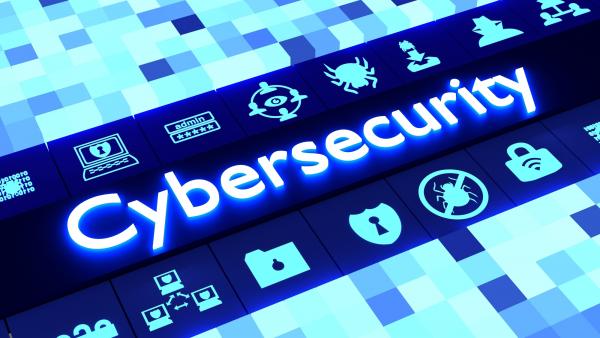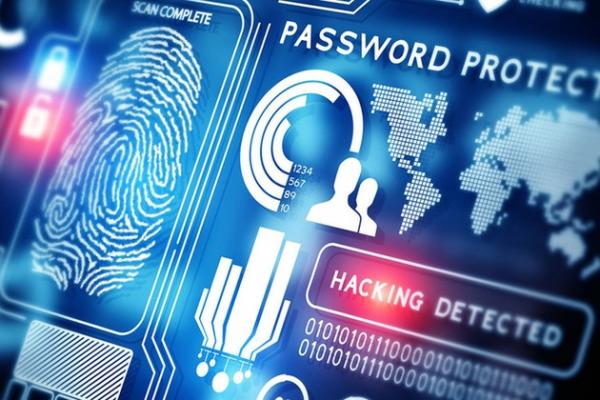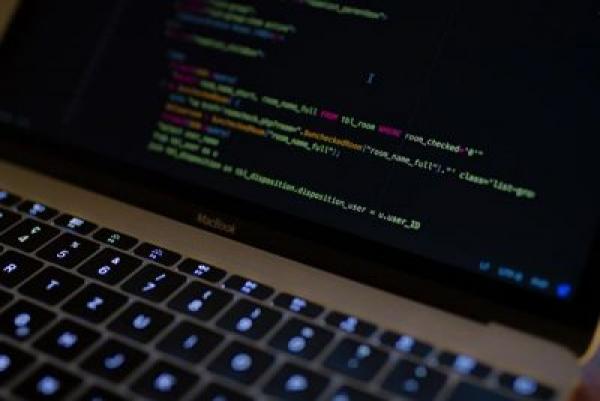Why Cybersecurity is More Important than Ever Before
The threat of cybercrime to businesses is rising fast. According to one estimate, by McAfee, the damages associated with cybercrime now stands at over $400 billion, up from $250 billion two years ago, with the costs incurred by UK business also running in the billions. In a bid to stave off e-criminals, organisations are increasingly investing in ramping up their digital frontiers and security protocols, however, many are still put off by the costs, or by the bewildering range of tools and services available. The following is a list of reasons why investing in cybersecurity is a sensible decision to make.
1. Rising cost of security breaches
The fact is that cyberattacks can be extremely expensive for businesses to endure. Recent statistics have suggested that the average cost of a data breach at a larger UK firm is £20,000. But this actually underestimates the real expense of an attack against a company. It is not just the financial damage suffered by the business or the cost of remediation; a data breach can also inflict untold reputational damage.
Suffering a cyberattack can cause customers to lose trust in a business and spend their money elsewhere. Additionally, having a reputation for poor security can also lead to a failure to win new contracts.
2. Increasingly sophisticated and organised hackers
Almost every business has a website and externally exposed systems that could provide criminals with entry points into internal networks. Hackers have a lot to gain from successful data breaches, and there are countless examples of well-funded and coordinated cyber-attacks against some of the largest companies in the UK. Ironically, even Deloitte, the globe’s largest cybersecurity consultant, was itself rocked by an attack in October last year.
With highly sophisticated attacks now commonplace, businesses need to assume that they will be breached at some point and implement controls that help them to detect and respond to malicious activity before it causes damage and disruption.

3. Widely available hacking tools
While well-funded and highly skilled hackers pose a significant risk to your business, the wide availability of hacking tools and programmes on the internet also means there is also a growing threat from less skilled individuals. The commercialisation of cybercrime has made it easy for anyone to obtain the resources they need to launch damaging attacks, such as ransomware and cryptomining.
4. A proliferation of IoT devices
More smart devices than ever are connected to the internet. These are known as Internet of Things, or IoT, devices and are increasingly common in homes and offices. On the surface, these devices can simplify and speed up tasks, as well as offer greater levels of control and accessibility. There proliferation, however, presents a problem.
If not managed properly, each IoT device that is connected to the internet could provide cyber criminals with a way into a business. IT services giant Cisco estimates there will be 27.1 billion connected devices globally by 2021 – so this problem will only worsen with time. With use of IoT devices potentially introducing a wide range of security weaknesses, it is wise to conduct regular vulnerability assessments to help identify and address risks presented by these assets.
5. Tighter regulations
It is not just criminal attacks that mean businesses need to be more invested in cyber security than ever before. The introduction of regulations such as the GDPR means that organisations need to take security more seriously than ever, or face heavy fines.
The GDPR has been introduced by the EU to force organisations into to taking better care of the personal data they hold. Among the requirements of the GDPR is the need for organisations to implement appropriate technical and organisational measures to protect personal data, regularly review controls, plus detect, investigate and report breaches.











 Consequently, according to
Consequently, according to 


